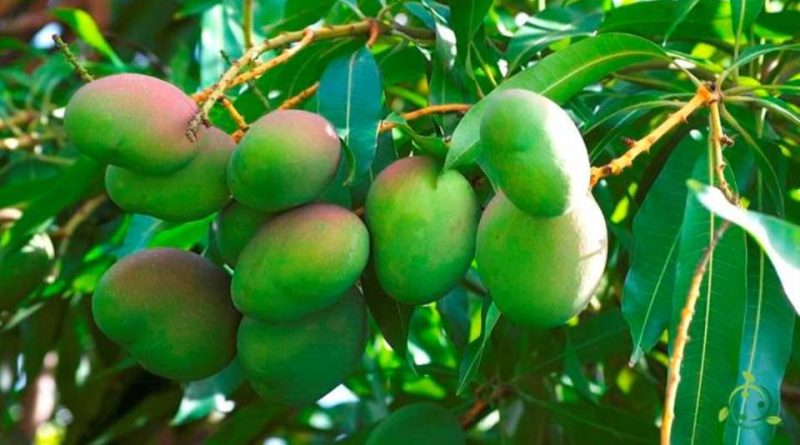How Mango propagates
How Mango propagates
The mango (Mangifera indica L., 1753) is an arboreal species of the Anacardiaceae family, native to India.
This plant can be grown in those environments with a mild climate but above all where there are no frosts.
In Italy it can thus be grown especially in the coastal areas of Sicily, Calabria and Sardinia.
Proceeding towards higher latitudes the cultivation of Mango becomes practically impossible due to the winter climatic conditions.
Furthermore, during ripening, strong winds can favor the fall of the fruit, which is why the north coast of Sicily, less exposed to the sirocco wind, is more suitable for commercial mango cultivation than the south coast, which is also warmer.
Furthermore, Mango needs fairly drained soils with a low salt content, which further limits the available areas.
Reproduction by seed –
If you want to reproduce the Mango by seed, the growth of the seedlings is quite fast and easy, provided that the seeds are taken from ripe fruits that have not undergone treatments, and the seeds are fresh (white / cream in color) and not dry or moldy. .
For sowing proceed as follows: after having carefully opened the core from the side opposite to the more arched one, a sharp knife is used and, without affecting the seed, the embryo is taken and it comes out easily.
This operation is important because removing the core from the embryo speeds up the plant’s development and prevents the roots from twisting inside the seed.
Once this procedure has been carried out, the seed can be planted in the culture bed by placing it on its side.
You have to make sure that the bed has a solid base, because otherwise the taproot develops excessively (up to 40-60 centimeters). Furthermore, remember that the seed should not be overly covered, just cover it with a centimeter and a half of soil, kept moist – but not soaked – and keep the seed at an adequate temperature (between 20 and 30 ° C, in a bright position ).
In optimal climatic conditions, the new plant will germinate in a period of between one and three weeks.
The plants generated by seedbed go into production about 6 years after sowing.
It should be remembered that propagation by seed leads to the formation of seedlings that are genetically different from the mother plant. The seedlings that come from monoembryonic species are developed by the normal sexual route, so they are obviously different from the mother plant.
Furthermore, since it is possible that the fruits harvested for sale are produced from plants already selected, it can happen that the seedlings produced have characteristics regressed to the “wild” plant, and therefore worse according to the criteria of the grower, even if the possibility is not excluded. , somewhat remote, of subjectively better quality.
The seeds from polyembryonic varieties, which are mostly the cge varieties come from South-East Asia, have several embryos inside the core, of which only one is of sexual origin, while the others are of vegetative origin and, therefore, reflect faithfully the mother plant. Such embryos are a good way to multiply desirable varieties.
Reproduction by grafting –
Reproduction by grafting of Mango has been practiced for centuries. The most used method is that by approximation and crown or split (to renew old plants, or improve poor quality plants).
Other types of couplings used are those with shields, but the latter require special precautions. Furthermore, grafting on already grafted plants showed dwarfing characteristics.
It is not uncommon to graft several varieties on a single plant, but, however carefully cultivated it may be, in this case it can easily happen that the grafting of the most vigorous variety takes over the other grafts, which regress and they die. Furthermore, the use of wild rootstocks obtained from seed leads to a great variability in the development of the graft.
Reproduction by cutting and layering –
Even the layering method can be a valid solution for the multiplication of plants, especially, as mentioned, when you want to reproduce desired qualities.
However, in the case of cuttings the mango roots with difficulty and even in the best conditions, using rooting substances, results are obtained that are attested on 40% of the prepared cuttings.
Furthermore, in both cases it is difficult for the plant obtained in this way to develop a good root system.
As for the cultivable varieties, there are cultivars with completely green, yellow, deep red skin or a combination of these colors. The pulp is yellow-orange, compact, juicy and fragrant, with little or no filament. The most popular varieties (Tommy Atkins, Haden, Kent, Keitt and numerous other similar varieties) are fleshy and can weigh from 200 g to 1 kg, although fruits of 300/400 g are normally found on the market.

